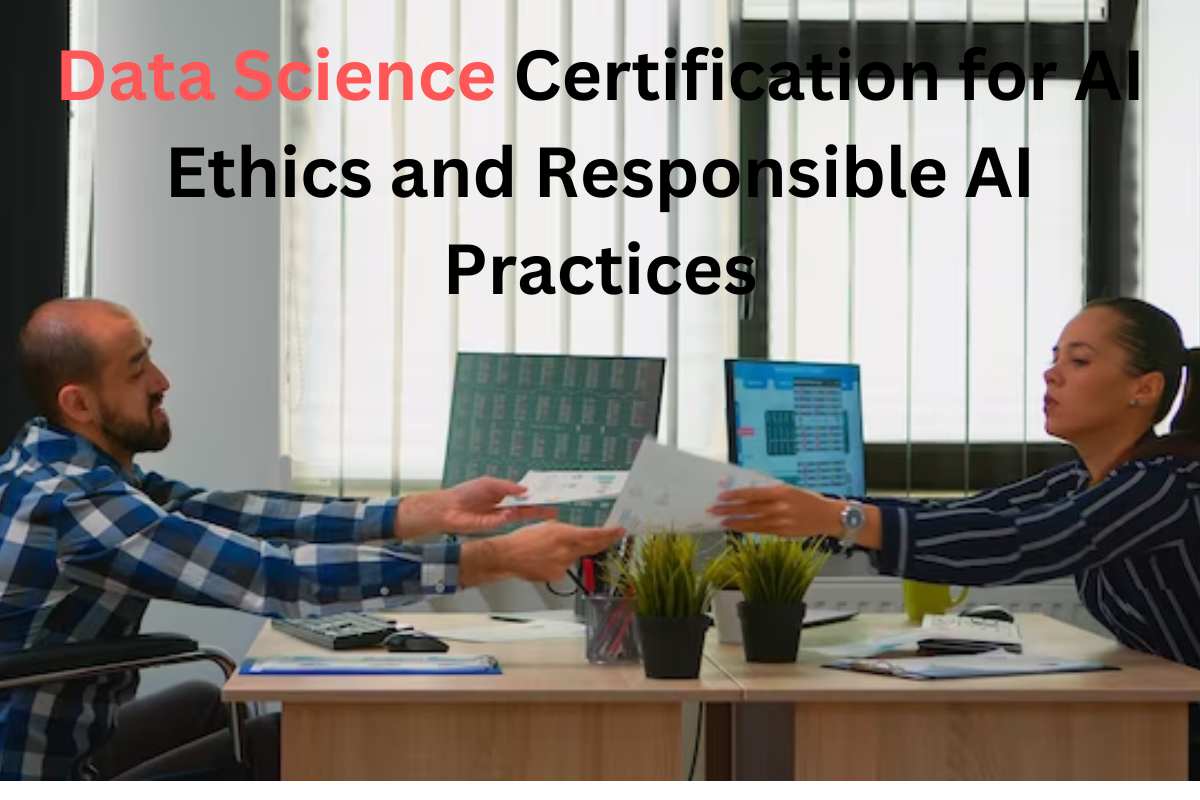Technological forecasting for long-term decisions
Introduction
In today's rapidly evolving world, technological advancements continue to shape every aspect of our lives, from communication and healthcare to transportation and entertainment. The pace of change has accelerated exponentially, making it increasingly challenging for businesses, policymakers, and individuals to plan for the long term. In such a dynamic environment, technological forecasting plays a pivotal role in helping stakeholders make informed decisions. This article explores the significance of technological forecasting, its methodologies, and its impact on long-term decision-making.
Understanding Technological Forecasting
Technological forecasting is a process that employs various methodologies to predict future technological data science institutes in hyderabad and their potential implications on society, economy, and culture. It allows businesses and policymakers to identify emerging trends, anticipate disruptions, and seize opportunities to remain competitive and responsive to changing market conditions.
Importance of Technological Forecasting for Long-Term Decisions
Strategic Planning: Technological forecasting enables businesses to formulate long-term strategies by anticipating future market demands and technology shifts. By understanding potential innovations, companies can align their resources, investments, and research efforts to stay ahead of the competition.
Risk Management: Long-term decisions inherently involve risks. Forecasting empowers organizations to assess potential challenges and vulnerabilities, allowing them to adopt proactive measures to mitigate risks associated with disruptive technologies and unforeseen events.
Resource Allocation: Accurate technological forecasts guide resource allocation, ensuring that time, money, and effort are directed towards the most promising areas of technology. This approach fosters efficient innovation and sustainable development.
Regulatory and Policy Frameworks: Policymakers rely on technological forecasting to design effective regulatory frameworks that promote responsible innovation while safeguarding public interests. A clear understanding of future technologies helps in crafting adaptable and forward-looking policies.
Methodologies of Technological Forecasting
Trend Analysis: Trend analysis involves studying historical data to identify patterns and extrapolate future developments. By analyzing technological trends over time, forecasters can anticipate the rate of change and identify potential breakthroughs.
Expert Opinions and Delphi Method: Experts from relevant fields participate in structured surveys, interviews, or workshops to share their insights on technological advancements. The Delphi method aggregates and refines these opinions iteratively, leading to more accurate forecasts.
Technology Roadmapping: Technology roadmaps depict the expected development trajectory of specific technologies. They serve as visual guides to illustrate the evolution of products and their potential integration into broader systems.
Scenario Planning: Scenario planning creates multiple plausible future scenarios based on different assumptions and variables. This approach helps decision-makers consider diverse outcomes and build adaptive strategies that can withstand uncertainties.
Patent Analysis: Analyzing patent databases allows forecasters to identify emerging technologies and trends, as patents often indicate potential areas of future innovation and commercial interest.
Technology Foresight Workshops: Foresight workshops bring together a diverse group of experts and stakeholders to explore emerging technologies, their implications, and potential future scenarios.
Impact of Technological Forecasting on Long-Term Decision-Making
Enhancing Competitiveness: Organizations that invest in technological forecasting gain a competitive edge by proactively embracing innovation and aligning their offerings with future market demands.
Anticipating Disruptions: Forecasting helps businesses identify potential disruptive technologies that may challenge existing products or services. This early awareness allows them to adapt or develop counter-strategies to mitigate risks.
Sustainable Development: Long-term decision-making based on technological forecasts promotes sustainable development by encouraging resource-efficient and environmentally-friendly innovations.
Fostering Collaboration: Forecasting necessitates collaboration among stakeholders, including academia, industry, and government, fostering an ecosystem of knowledge sharing and joint problem-solving.
Challenges and Limitations of Technological Forecasting
While technological forecasting holds immense promise, it also comes with its fair share of challenges and limitations:
Uncertainty: The future is inherently uncertain, and predicting technological developments with absolute precision is impossible. Many factors, such as regulatory changes, geopolitical shifts, and unexpected events, can significantly impact the trajectory of technology.
Bias and Assumptions: Forecasting often involves making assumptions based on current knowledge and understanding. These assumptions can be biased by prevailing paradigms, leading to potential blind spots in forecasting.
Rapid Technological Convergence: Convergence of technologies across various domains further complicates forecasting efforts. It is increasingly challenging to predict the outcomes of intertwined technological advancements.
Ethical Considerations: The ethical implications of emerging technologies are difficult to foresee. While forecasting may focus on the positive aspects of innovations, it should also address potential negative consequences to ensure resp
onsible development.
Shortened Product Life Cycles: As technologies evolve at a rapid pace, product life cycles have significantly shortened. Forecasting long-term decisions becomes complex in such a dynamic environment.
Overreliance on Historical Data: Trend analysis and historical data can offer valuable insights, but they may not be sufficient to predict entirely novel technological breakthroughs or paradigm shifts.
Navigating the Future: A Holistic Approach
To address the challenges and make the most of technological forecasting for long-term decisions, stakeholders must adopt a holistic approach:
Continuous Monitoring: Technological forecasting is an ongoing process. Organizations and policymakers should continuously monitor trends, research, and developments to stay ahead of the curve.
Scenario Analysis: Instead of relying solely on a single forecast, consider multiple scenarios and their implications. Scenario planning can help organizations prepare for a range of future possibilities.
Dynamic Strategies: Embrace flexible, dynamic strategies that can adapt to changing circumstances and capitalize on emerging opportunities.
Stakeholder Engagement: Collaboration between industry, academia, governments, and civil society is essential for comprehensive technological forecasting. Diverse perspectives lead to more robust and insightful predictions.
Ethical Considerations: Ethics must be a core aspect of technological forecasting. Addressing potential ethical challenges in emerging technologies helps ensure that innovation aligns with societal values.
Innovation Culture: Cultivate a culture of innovation within organizations, encouraging employees to explore new ideas and embrace change.
Conclusion
Technological forecasting is a critical tool for long-term decision-making, enabling businesses and policymakers to navigate the dynamic landscape of innovation successfully. By embracing various forecasting methodologies and staying attuned to emerging trends, stakeholders can anticipate technological disruptions, drive innovation, and foster sustainable growth. As we step into an uncertain future, harnessing the power of predictive analysis will be vital to shape a technologically advanced and resilient society.
For more information
360DigiTMG - Data Analytics, Data Science Course Training Hyderabad
Address - 2-56/2/19, 3rd floor,,
Vijaya towers, near Meridian school,,
Ayyappa Society Rd, Madhapur,,
Hyderabad, Telangana 500081
099899 94319
https://goo.gl/maps/sn21C9xFtMbCr4qm8
Source link : What are the Best IT Companies in Uppal



Comments
Post a Comment